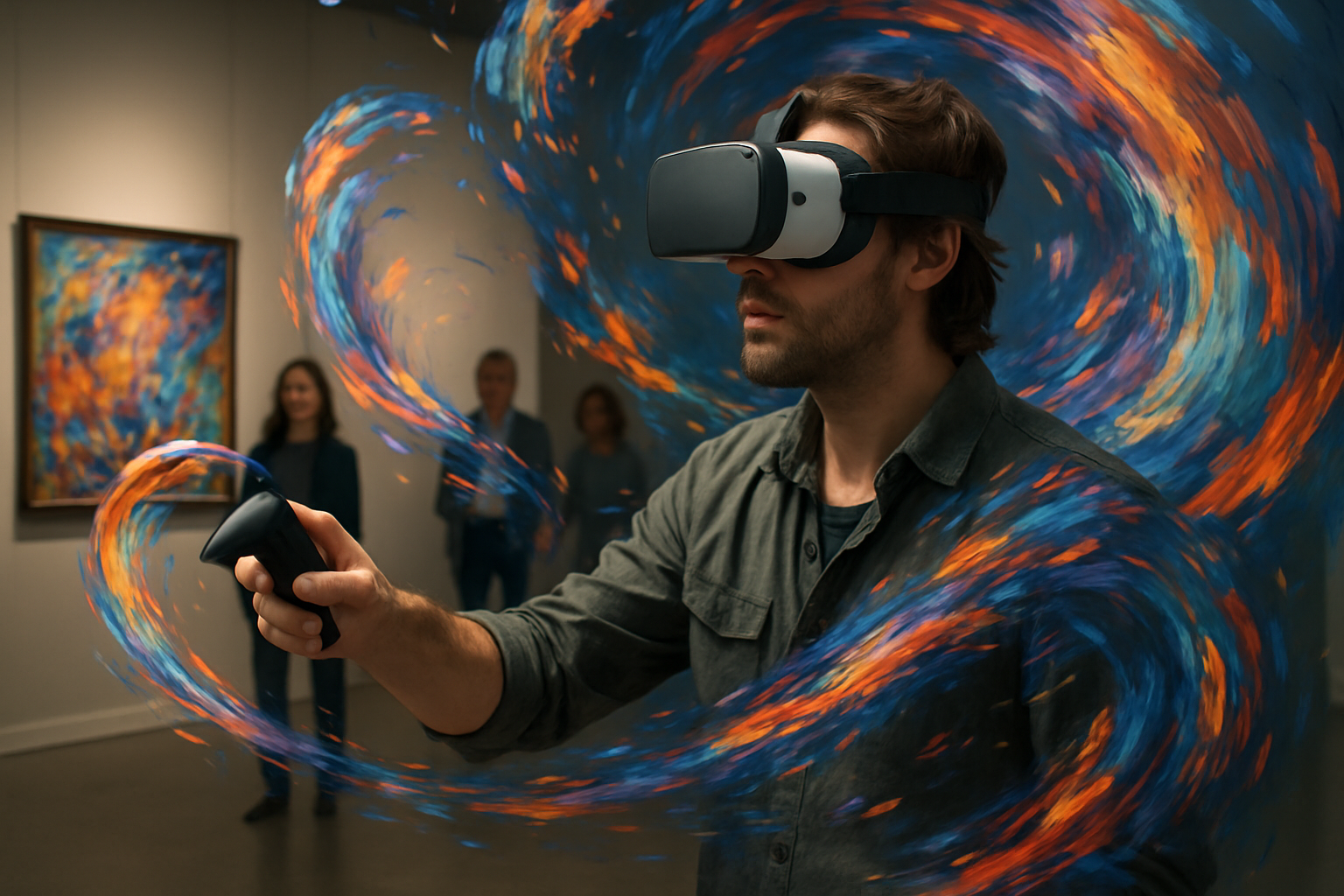Augmented Reality Galleries: Redefining Art Spaces
In the ever-evolving landscape of digital innovation, a groundbreaking fusion of technology and art is reshaping how we experience galleries and museums. Augmented Reality (AR) galleries are emerging as a transformative force, blending the physical and digital realms to create immersive, interactive art experiences. This revolutionary approach is not only changing how art is displayed and consumed but also challenging traditional notions of curation, accessibility, and artistic expression. As the art world grapples with the implications of this digital renaissance, AR galleries stand at the forefront of a new era in cultural engagement.

Breaking the Physical Boundaries
One of the most revolutionary aspects of AR galleries is their ability to transcend physical limitations. Traditional galleries are constrained by wall space and physical dimensions, but AR allows for an infinite canvas. Artworks can now float in mid-air, expand beyond their frames, or even interact with viewers in real-time. This new dimension of possibility has opened doors for artists to create works that were previously unimaginable within the confines of traditional gallery spaces.
Democratizing Art Access
AR galleries are playing a crucial role in democratizing access to art. By leveraging smartphone technology, these digital exhibitions can be experienced by anyone, anywhere in the world. This accessibility is particularly significant for remote or underserved communities that may not have easy access to physical art spaces. Moreover, AR galleries often offer free or low-cost entry, removing financial barriers that can sometimes limit art appreciation.
Enhancing Visitor Engagement
The interactive nature of AR galleries is fundamentally changing how viewers engage with art. Instead of passive observation, visitors become active participants in the artistic experience. Through AR apps, viewers can manipulate digital elements, uncover hidden layers within artworks, or even contribute to collaborative pieces. This level of engagement fosters a deeper connection between the viewer and the artwork, potentially leading to greater appreciation and understanding of artistic concepts.
Challenges and Controversies
Despite their potential, AR galleries face several challenges and have sparked debates within the art community. Concerns about the authenticity of digital art experiences and the potential overshadowing of traditional mediums have led to heated discussions. Additionally, there are technical hurdles to overcome, such as ensuring consistent AR experiences across different devices and addressing privacy concerns related to data collection through AR apps.
As AR galleries continue to evolve, they promise to reshape the landscape of art appreciation and creation. This innovative approach to exhibiting art not only expands the possibilities for artists but also offers new ways for audiences to connect with creative expressions. While challenges remain, the potential of AR galleries to revolutionize the art world is undeniable, heralding a future where the boundaries between the digital and physical realms of art become increasingly blurred.





